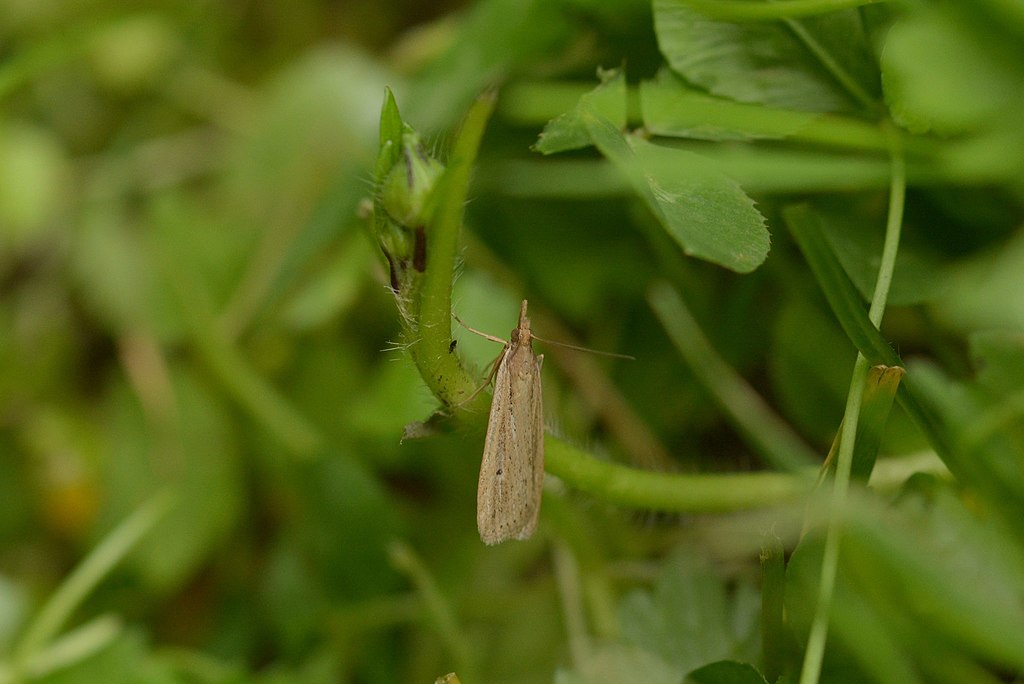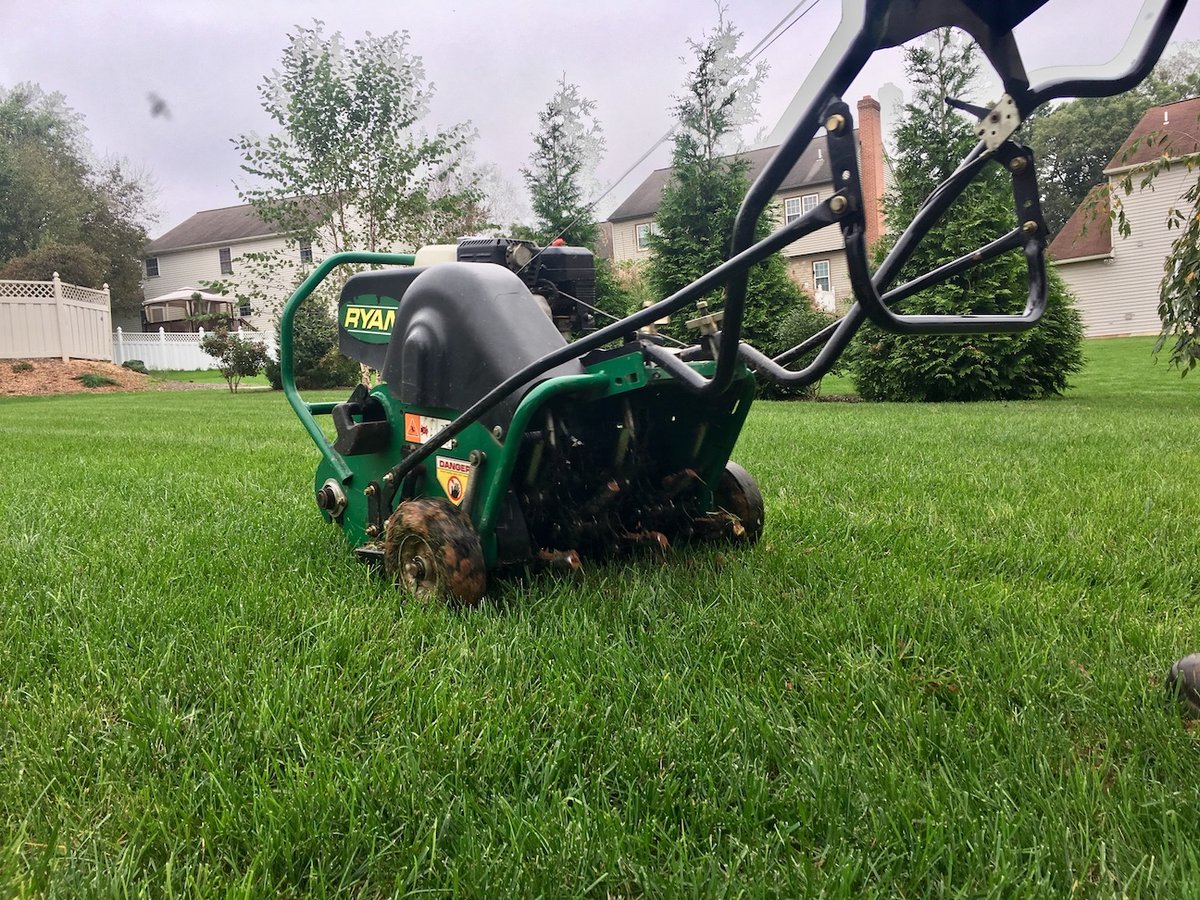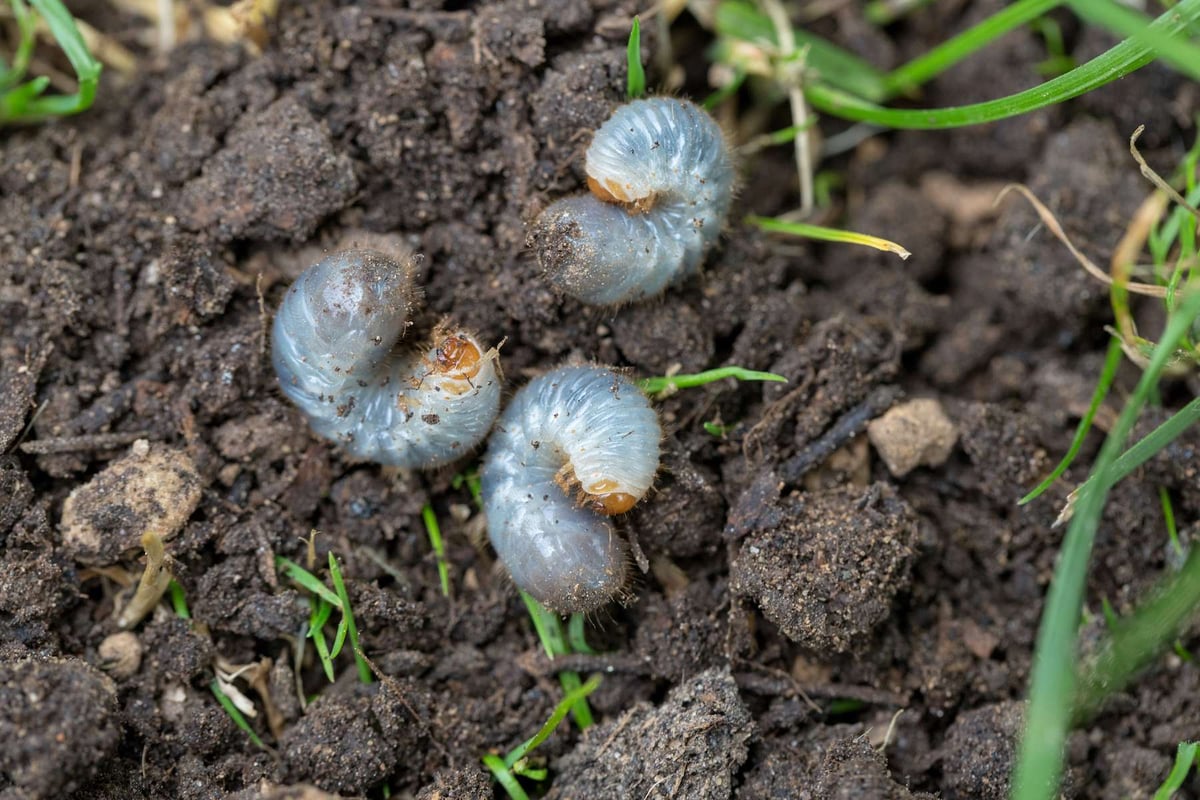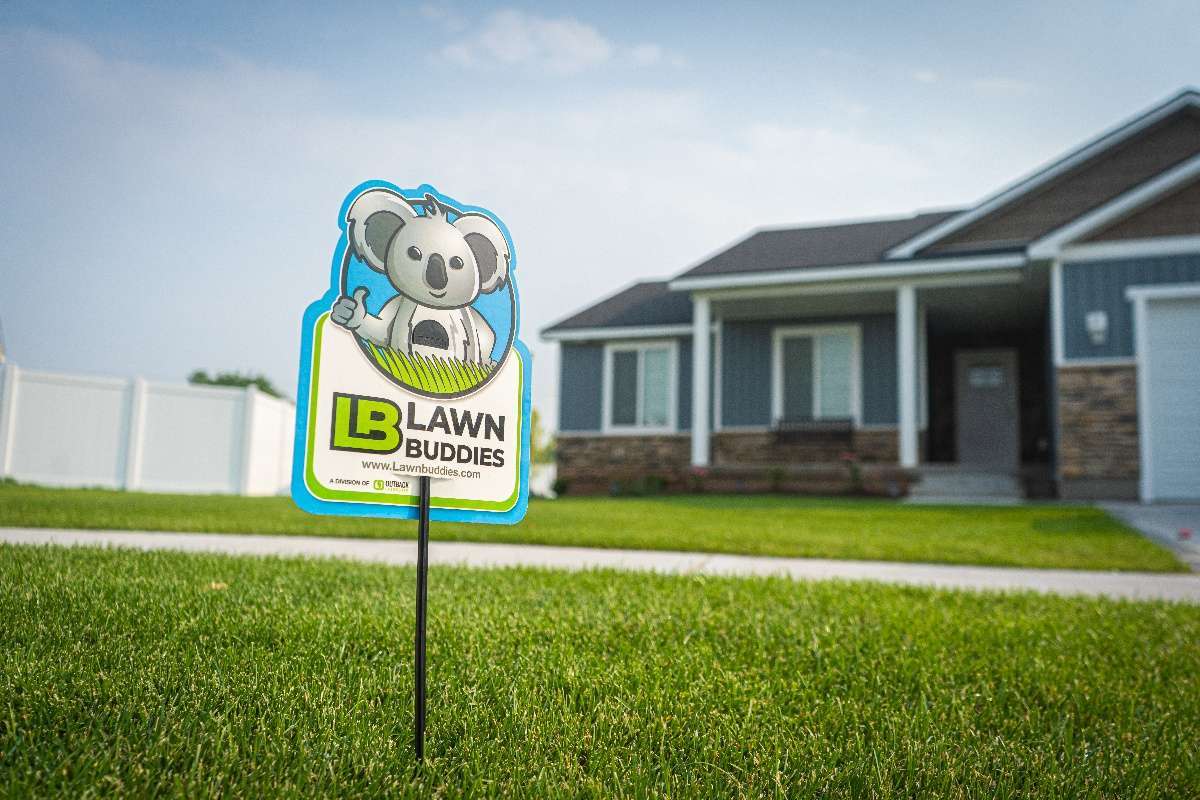Sod Webworms vs. Lawn Grubs: How to Identify and Kill These Pests
Let’s just say up front these are both bad dudes.
It’s not like King Kong vs. Godzilla where it’s fun to actually cheer on one of the monsters.
When it comes to sod webworms vs. lawn grubs, you want them both to die, die, die.
Lawn grubs have always been on the bad guy list when it comes to lawn care in Idaho Falls and Boise, ID.
But this year we’ve been seeing a lot of sod webworms, too.
So, let’s take a look at sod webworms vs. lawn grubs and how to banish them both:
Are Sod Webworms the Same as Grubs?
Nope, we’re talking about two distinctly different critters here, although they’ll both do a lot of damage to your lawn.
What’s the Difference Between Grubs and Sod Webworms?
Both of these pests are the larval form of common insects. But a sod webworm will eventually become a type of moth while grubs turn into beetles, like Japanese beetles, June beetles, chafers, and other beetles.
In both cases, females lay eggs that hatch between the soil and thatch layer of your lawn, and the tiny pests eventually begin to devour and kill your grass.
What Do Sod Webworms Look Like?
You’re much more likely to see sod webworms in their adult form, as brownish gray moths with long snouts. (Ick.)
As unpleasant as a moth with a long snout sounds, these adults don’t typically do any damage to your lawn. But the hungry larvae that hatch from the eggs they lay is another story. They’ll do significant damage to your lawn.

They spend the winter underground in your soil and thatch in a silken tunnel. Then they transform into adult moths around mid-May or June. That’s when you’ll see them hanging out in your grass, criss-crossing your lawn in the evenings laying eggs.
The eggs hatch in a couple weeks, releasing more hungry pests into your lawn.
Signs of Sod Webworms in Your Lawn
If you walk across your lawn and see a lot of moths fly up as you’re walking, that means trouble. You likely have sod webworms. The damage to your lawn might not be visible quite yet, but it will, as the hungry larvae feast on grass leaves and stems near the soil surface.
Most of the significant lawn damage occurs in mid to late summer. Damage shows up as a brown spot the size of a baseball. The grass stems and leaves will have been chewed on just above the crown.
How to Kill Sod Webworms
Sod webworms need a different type of insecticide than the one used to kill lawn grubs. It has to provide both surface insect control, to nab the moths in the grass, and control below the surface, to target the larvae.
The earlier you can catch them, the better.
How to Prevent Sod Webworms
You can help keep sod webworms out of your lawn by making sure your lawn doesn’t accumulate too much thatch — that tightly intermingled layer of living and dead stems, leaves, and roots that builds up between your grass and the soil underneath.
Thatch is normal and fine if it doesn’t get too thick. But sod webworms love it for laying their eggs.

Keep thatch under control with these tips:
- Mow your lawn regularly before it gets too tall.
- Dethatch on a regular basis. You can rent dethatching machines that have vertically spinning blades which pull some of the material to the surface as they slice the thatch layer.
- If you always mulch your grass clippings, alternate with bagging them.
- Aerate your lawn on a regular basis. Aeration uses a machine to pull out tiny cores of soil from your lawn, allowing water and oxygen to get to the roots.
These steps not only help prevent the thatch that sod webworms love, they’re also great practices for an overall healthy lawn, better able to stand up to insects and diseases.
Next Up: Grubs: What Do Lawn Grubs Look Like?
Let’s start with gross.
These white, C-shaped grubs have soft squishy bodies with legs near their head.
Signs of Grubs in Your Lawn
Grubs feed on grass roots and organic matter in the soil, causing sections of grass in the lawn to die.
It can happen really fast. One day you’re looking out at your healthy lawn, two days later it’s wiped out — entire patches will be brown, dry, and wilted.

Got critters on your lawn? That might mean grubs.
If you have moles, skunks, raccoons, or birds digging around your turf, that can be a sign of grubs. They munch them like you chow down on popcorn.
Other signs of lawn grubs:
- Grab a handful of your lawn and tug. If it rolls up like loose carpet, you probably have grubs. They eat the roots holding the turf firmly in place on the soil.
- Walk on your lawn. If it feels spongy, you could have grubs.
How to Get Rid of Lawn Grubs
The trick is to kill grubs before they hatch and start to chow down, so we’ll apply preventive lawn grub control in the spring to nip them in the bud.

In addition to professional preventive lawn grub control in the spring, you can help prevent grubs by maintaining a healthy lawn. A well-fed and maintained lawn will have fewer grubs than one that’s hungry and stressed by drought.
Is Your Lawn Ready for a New Best Friend?
When it comes to sod webworms vs. lawn grubs, nobody wins. Ready to evict those gobbling grubs and wily webworms and stop groaning about your Idaho Falls or Boise, ID lawn?
We’ve got your back — targeted grub control treatment is included in our complete lawn care package. And treatments for sod webworms are available to our customers who have our complete lawn care package.
Help prevent both these lawn-munching pests by making sure your lawn is healthy in the first place.
Make it easy on yourself. Choose an Idaho Falls or Boise, ID professional lawn care service that bundles your yard’s most-needed treatments into one convenient, no-fuss plan.
Fertilizing, weed control, grub control. Done.
Got a few minutes? That’s all you need to get started.
Fill out the form on this page.
Call us at (208) 656-9131.
Or read more about our services.
Then kick back and relax in your healthy, thriving yard.
Image Source: Sod Webworm




